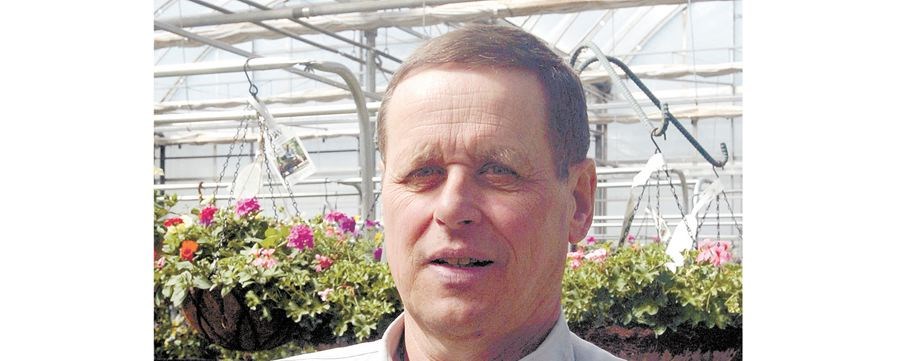Reflecting back on the 2014 gardening season, has its highs and lows. The season got off to a late start as we had a late spring. When spring finally arrived many of the local deciduous trees and shrubs were attacked by caterpillars, leaving trees and shrubs bare of foliage. Chances are there will be caterpillars again in 2015. Destroying the eggs will help keep the numbers down. Look for brown/grey bands that encircle the branches of deciduous trees and shrubs as these are the unhatched eggs. Applying lime sulfur and dormant oil in the spring to all deciduous trees and shrubs just before the tree breaks into leaf, will kill the unhatched eggs of caterpillars and other overwintering insects and disease.
The summer of 2014 will be remembered as a hot dry summer. It was ideal growing weather for the garden, but there was the extra chore of watering. There were many beautiful gardens in the Prince George area that were very full of colour, and produce. Some gardens and plants were bothered by red spider which also enjoy hot dry weather. Red spiders are very tiny, and hard to see, until you notice the fine webbing. They are sap sucking insects that are found under leaves and in the intersection of stems and branches. They will slowly rob the plant of nutrients, causing it to die. They are often found on cedar trees and can put a lot of stress on the tree. If your cedar trees didn't look healthy and lost their green colour there was a chance that they had red spider. In the spring, make sure that they have enough water and nutrients which will be beneficial in helping the tree survive.
Part of gardening is looking for new plants, products and ways of doing things. Sometimes they work and sometimes they don't. A couple of years ago we planted several haskap berry plants in our family garden. We picked a few berries the first year but this past spring we had a great crop. Hascap berries (also known as honeyberry) are very hardy and look like elongated blueberries. Wait till they are ripe and readily come off the plant before harvesting, as this is when they are at their tastiest.
The past few years have been a challenge for growing onions in our home garden. Every year we lose a large percentage of young onion plants due to maggots. This past spring/summer we decided to plant the onion transplants next to the seeded carrots and place a floating crop cover the carrots and onions. We have been successful in covering the carrots with the crop cover for the past few years to prevent carrot rust fly. The fly will lay their eggs on the soil surface next to the carrot and when the egg hatches the larvae chews into the carrot. The crop cover prevents the fly from laying the eggs on the soil. This also worked in preventing larvae from attacking the onions, as it prevents the onion fly from laying its eggs on the soil surface. We will certainly be using a floating row cover over both the carrots and onions again next season.
Gardening is always changing as there are new products and plants. I'm looking forward to 2015 and everything it has to offer. Wishing everyone a healthy, happy, New Year!



